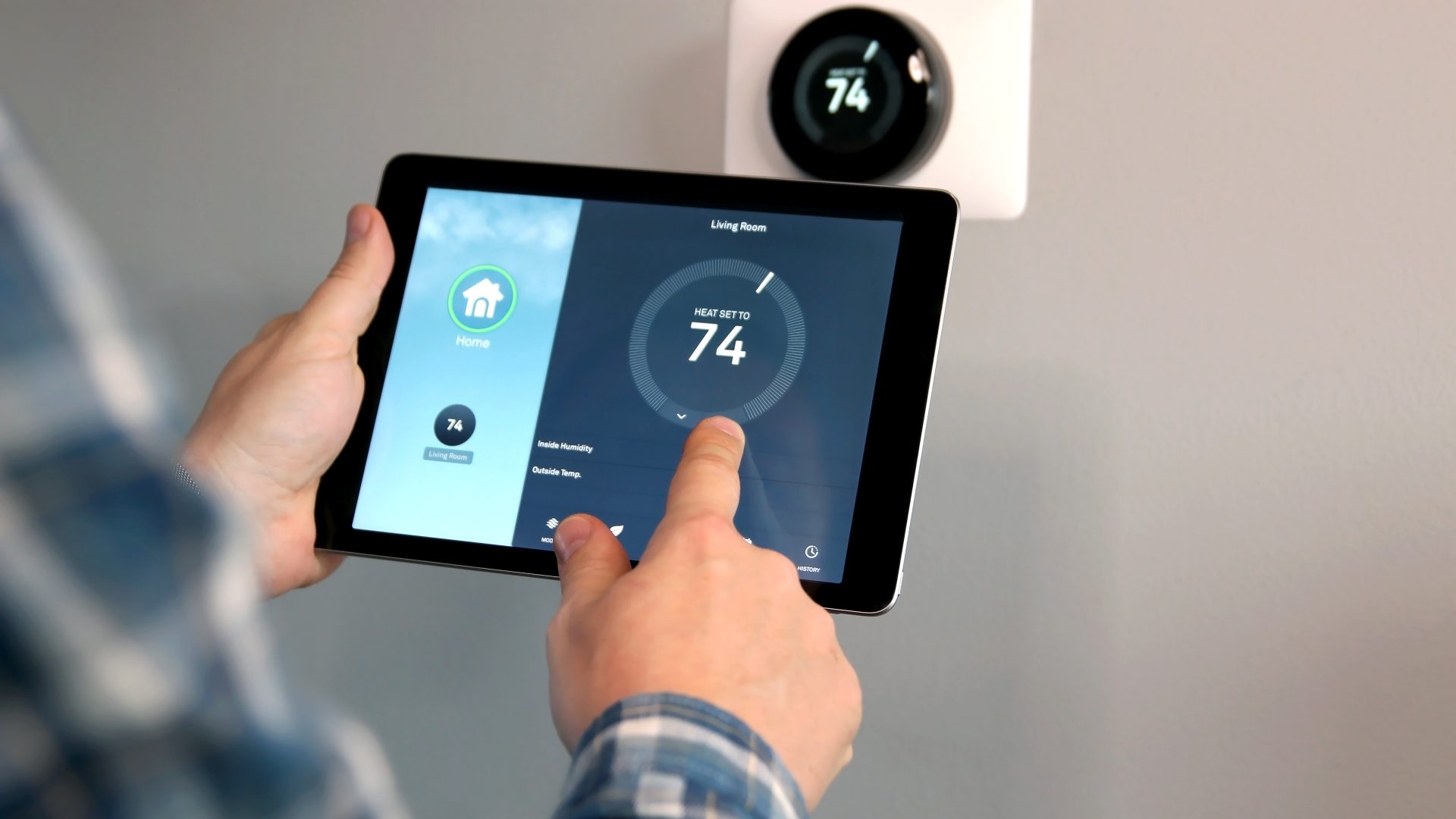How dirty is the air in my home?
Introduction to Indoor Air Quality The air inside our homes can harbor a mix of natural and synthetic particles that impact our health. Understanding these particles is key to maintaining a healthy living environment. Here’s a look at common pollutants...
What is antimicrobial duct?
Introduction to Antimicrobial Ductwork Antimicrobial ducts are specialized components within HVAC systems designed to prevent the growth of harmful microorganisms such as bacteria, mold, and fungi. Constructed from materials like PVC or metalized polyester, these ducts are treated with antimicrobial...
How does the Reme™ Halo work?
How the REME™ HALO Works The REME™ HALO air purification system utilizes ionization to enhance indoor air quality. This advanced technology uses “reflected electron energy” to generate ions—charged particles that actively seek and attach to common indoor pollutants like dust,...
What is the Air Scrubber?
Introduction to Air Scrubbers Air scrubbers represent a significant advancement in indoor air purification technology. Designed to be integrated into the ductwork of your HVAC system, they effectively improve the quality of air circulating throughout your living spaces. How Air...
Who makes the Reme™ Halo?
RGF Environmental Group, Inc.: Creators of the REME™ HALO The REME™ HALO air purification system is a groundbreaking innovation from RGF Environmental Group, Inc., a leader in environmental solutions. Since its founding in 1985, RGF has been dedicated to advancing...
What does IAQ stand for?
What is IAQ? Indoor Air Quality (IAQ) refers to the cleanliness and overall healthiness of the air inside buildings and enclosed spaces. It assesses how the indoor environment impacts health, comfort, and productivity. The Importance of IAQ IAQ is crucial...
What is the best residential induct IAQ product?
Finding the Best IAQ Solution for Your Home Determining the optimal Indoor Air Quality (IAQ) product for your home involves more than selecting a one-size-fits-all solution. Homeowners must consider their specific needs and concerns to define what will best enhance...
What does the Reme™ Halo do?
Introducing the REME™ HALO The REME™ HALO is a state-of-the-art air purification system designed to significantly boost indoor air quality. This advanced device plays a crucial role in creating a cleaner and healthier atmosphere in both residential and commercial settings....
